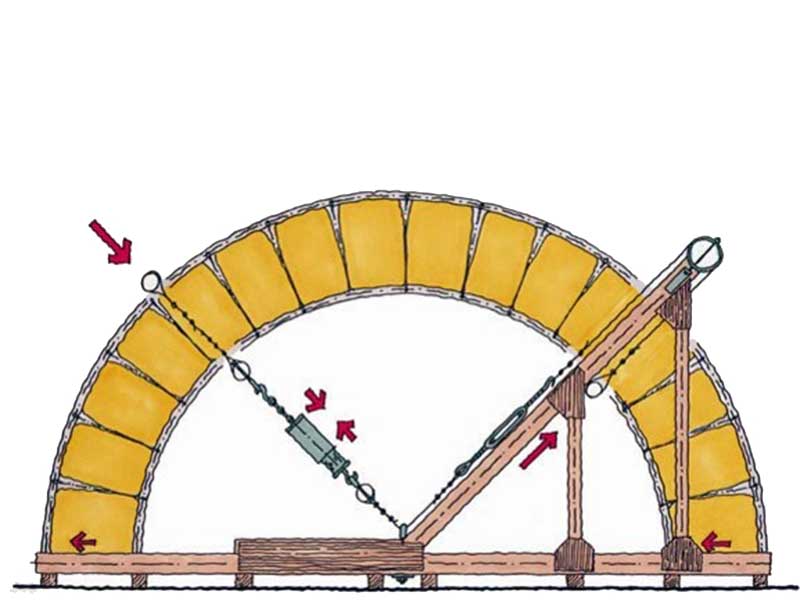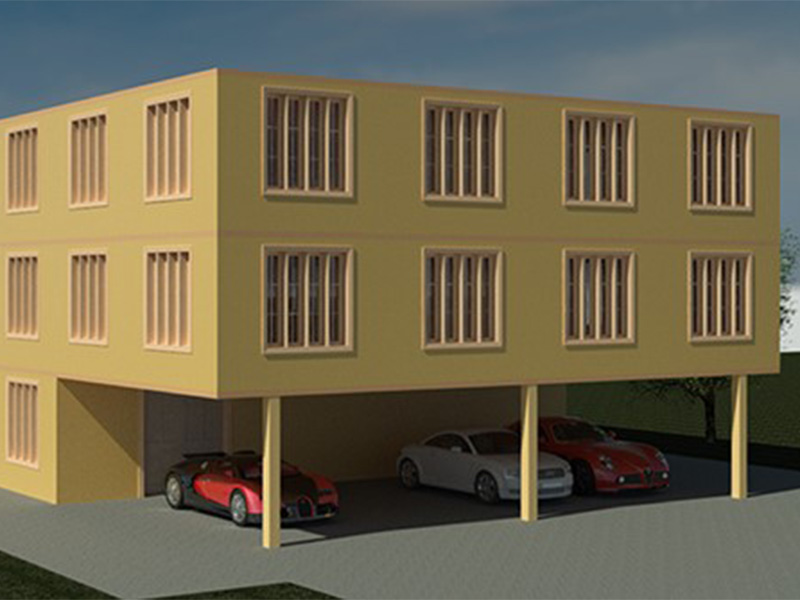
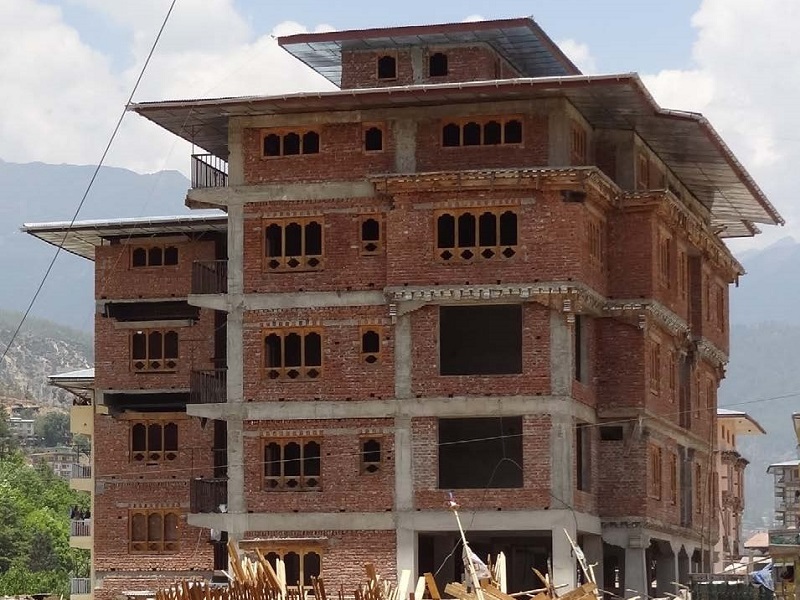
Credit:
- S. Semnani
- J. Rodgers
- H. Burton
- J. Moresco
- G. Deierlein
- D. Mar
- K. Mosalam
- T. Hart
- M. Greene
Published: GeoHazards International, 2014
Throughout the world, reinforced concrete frame buildings with masonry infill walls house families, shelter school children, and provide offices for workers. These buildings are functional, durable, and economical. All too often, though, these buildings perform poorly in earthquakes. Some collapse and kill the people inside, and many are badly damaged, requiring demolition or expensive repairs. Sometimes, poor construction quality or a lack of engineering design is at fault. In many cases, though, the engineering design itself is to blame.
Despite the stiffness and strength infill walls possess, building codes around the world lack guidance on modeling and designing infill walls as structural elements, and many engineers have been taught not to consider them as such. Engineers therefore often ignore infill walls during structural design or presume that they will have only beneficial effects. This simple yet fundamental oversight often dooms buildings to poor earthquake performance.
Related Research

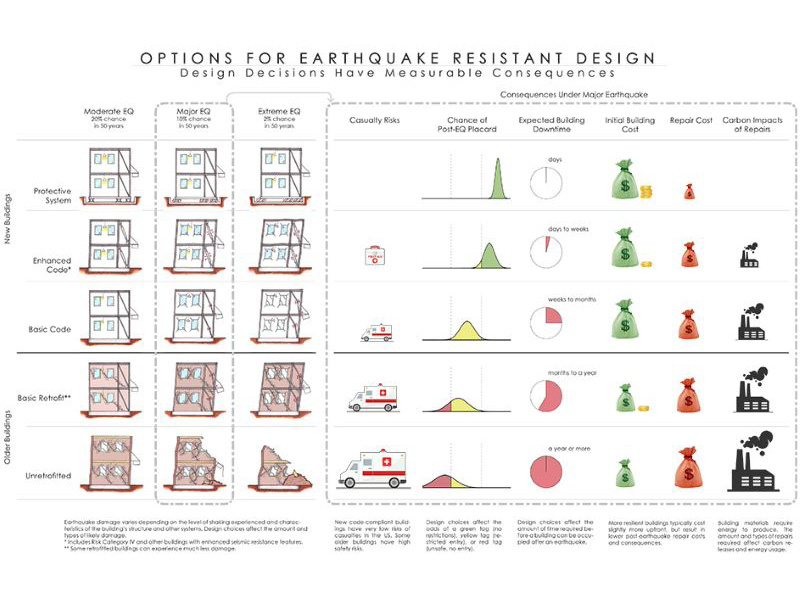
FEMA P-58: Options For Earthquake Resistant Design

Conceptual Seismic Design Guidance for New Reinforced Concrete Framed Infill Buildings

Earthquake Safety Prioritization of School Buildings Using Performance-Based Risk Assessment in Kyrgyz Republic
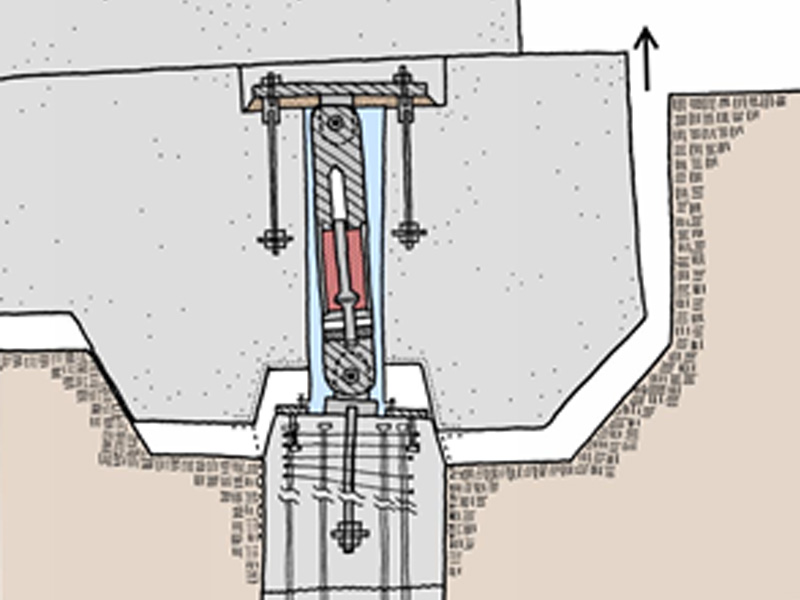
Casa Adelante: Rocking Mat Foundation System
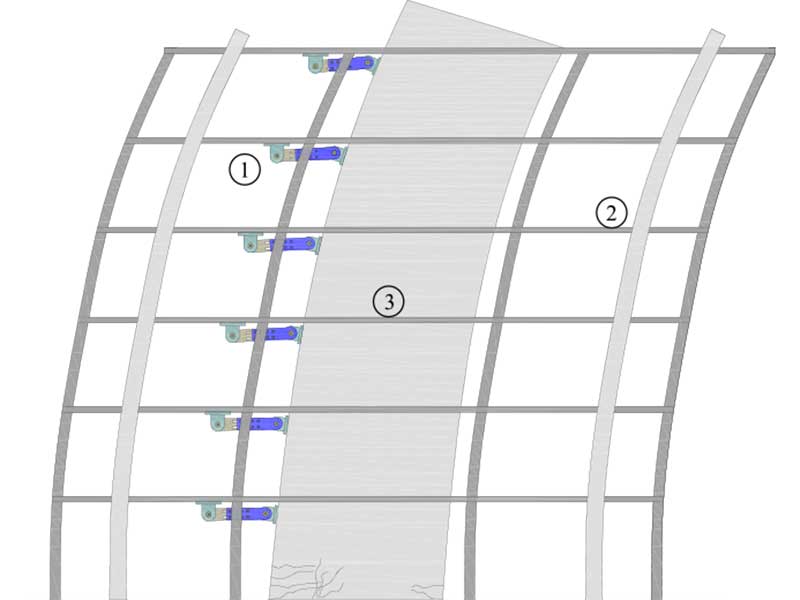
Development of Deformable Connection for Earthquake-Resistant Buildings to Reduce Floor Accelerations and Force Responses
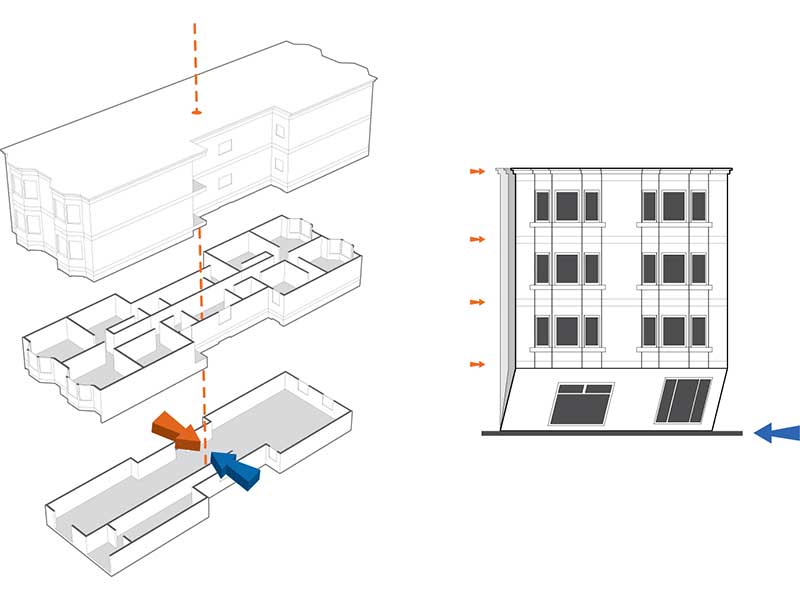
FEMA P-807: Guidelines for Seismic Retrofit of Weak-Story Wood-Framed Buildings
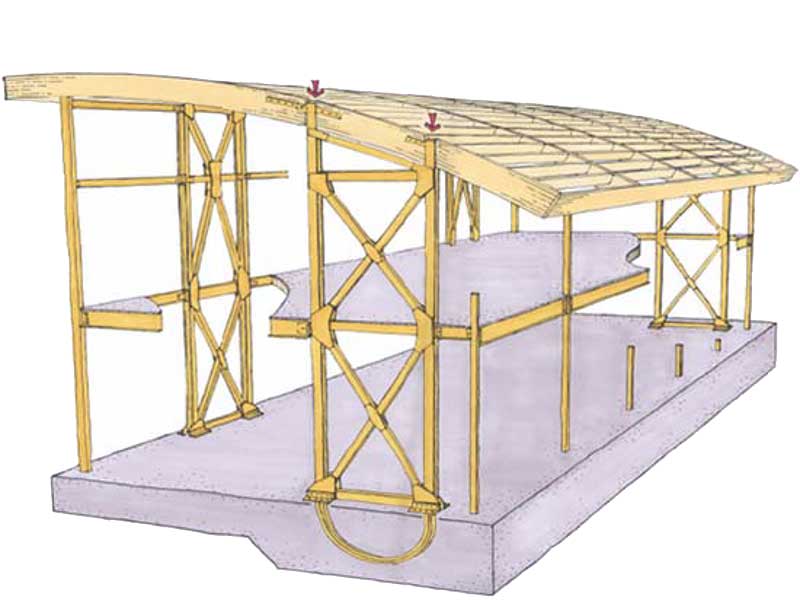
Design Examples Using Mode Shaping Spines for Frame and Wall Buildings
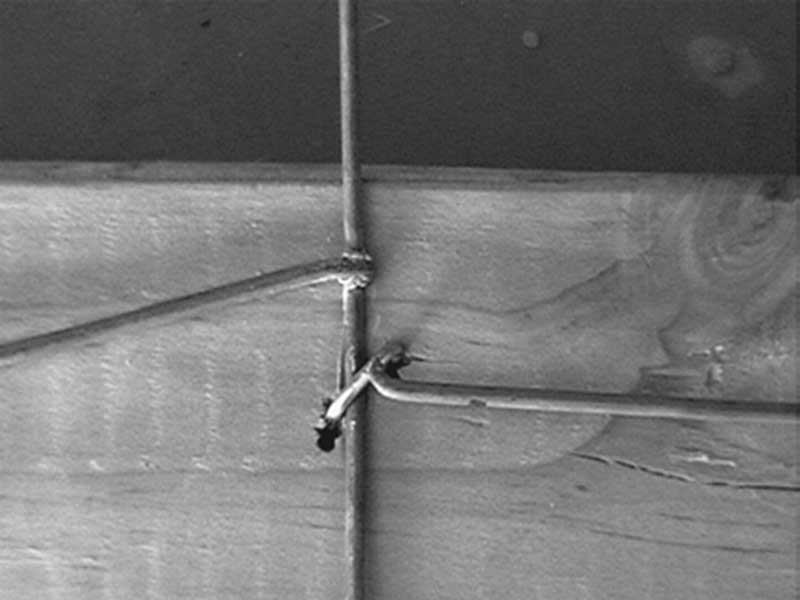
Recommended Mesh Anchorage Details for Straw Bale Walls
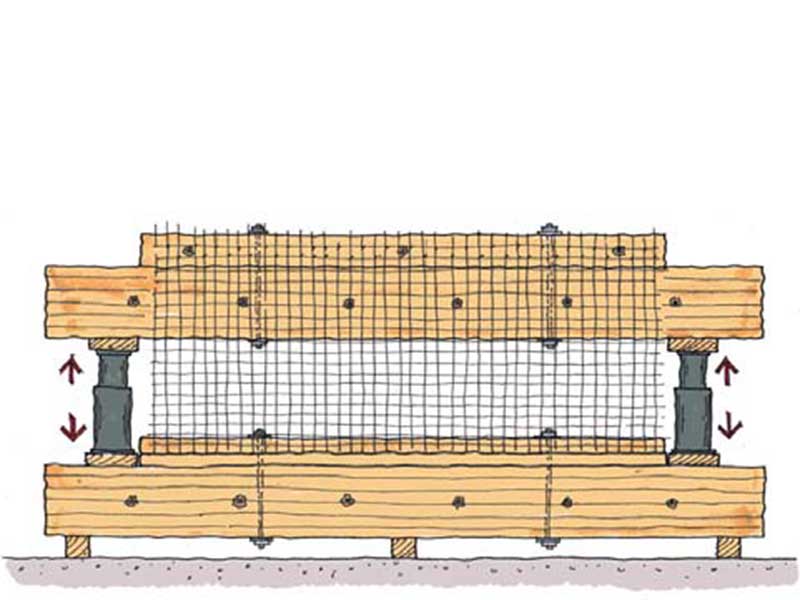
Reversed Cyclic In-plane Tests of Load-bearing Plastered Straw Bale Walls
